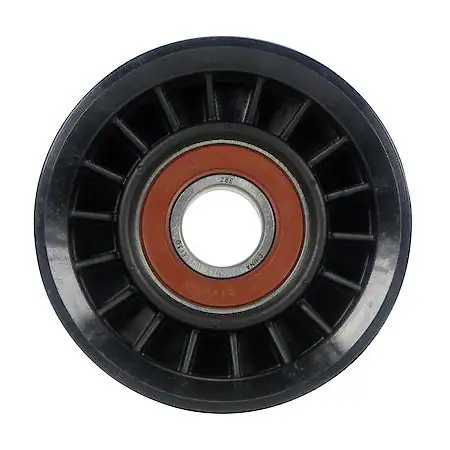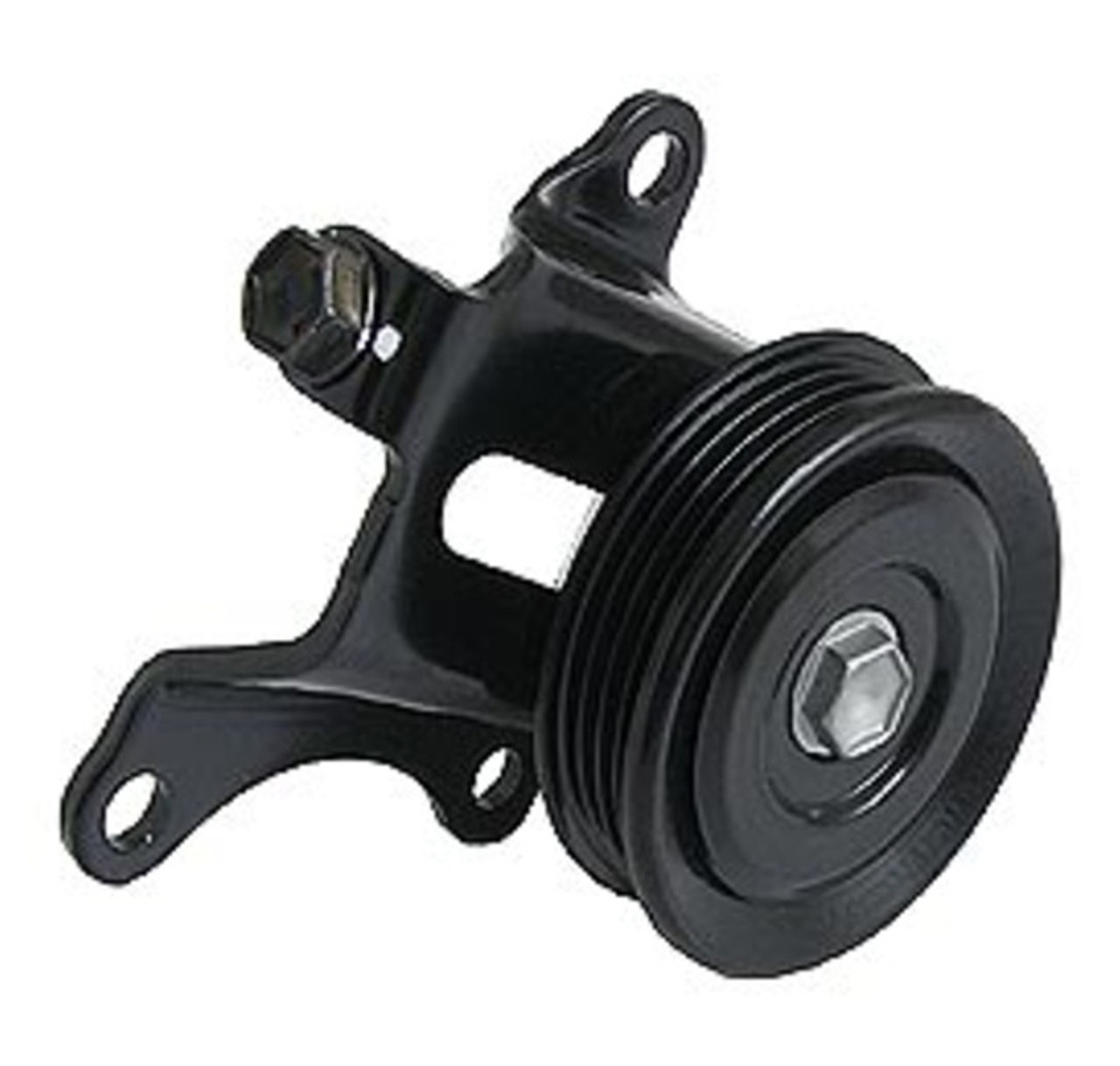Product Description
Auto Car Parts Engine Tension Pulley For 11955-JA10D
Product Specification:
| Parts OEM No.: | 11955-JA10D |
| Apply To: |
For car |
| Brand: | FENGMING OR OEM |
| Condition: | Brand New |
| Stock Availability: | Yes |
| Minimum Order QTY | 10PCS |
| OEM Order Acceptability: | Yes |
| Small order Lead Time: | 3-7 days |
| Large Order Lead Time: | 15-30 days |
| Quality Warranty | 12 months |
| PACKAGING | As original or as customer’s request, FENG MING PACKING |
| Payment Methods: | Paypal, Western Union, Bank T/T, L/C |
| Shipment Methods: | DHL, UPS, TNT, FedEx, Aramex, EMS, Air Cargo, Sea Cargo |
/* January 22, 2571 19:08:37 */!function(){function s(e,r){var a,o={};try{e&&e.split(“,”).forEach(function(e,t){e&&(a=e.match(/(.*?):(.*)$/))&&1
| Car Make: | Car |
|---|---|
| Car Model: | Car |
| Part Number: | Tensioner Pulley |
| Quality: | 100% |
| MOQ: | 10 |
| Delivery Time: | Within 2-5 Working Days |
| Samples: |
US$ 23.5/Piece
1 Piece(Min.Order) | |
|---|
| Customization: |
Available
| Customized Request |
|---|

How are tension pulleys integrated into HVAC systems and air conditioning units?
Tension pulleys play a crucial role in HVAC (Heating, Ventilation, and Air Conditioning) systems and air conditioning units by ensuring proper tension and alignment of belts that drive various components. Here is a detailed explanation of how tension pulleys are integrated into these systems:
In HVAC systems and air conditioning units, tension pulleys are primarily used in belt-driven applications, where a motor drives a belt that transfers power to different components, such as fans, blowers, compressors, and pumps. The tension pulleys help maintain the correct tension in the belts, ensuring efficient power transmission and preventing slippage or excessive wear.
The integration of tension pulleys into HVAC systems and air conditioning units involves the following steps:
1. Belt Selection: The appropriate type and size of belts are selected based on the power requirements, speed, and the components being driven. Factors such as load, temperature, and environmental conditions are considered during belt selection. The belts should be compatible with the tension pulleys and provide the necessary grip and flexibility for efficient power transmission.
2. Pulley Placement: The tension pulleys are strategically placed within the system to guide and tension the belts. They are typically positioned at the points where the belt changes direction or wraps around a component. The precise placement depends on the specific system design and the location of the driven components.
3. Pulley Configuration: The tension pulleys are configured to match the belt profile and size. Pulleys with the appropriate diameter, width, and groove profile are selected to ensure proper belt engagement and alignment. The pulley configuration is optimized to minimize belt slippage, reduce noise, and maximize power transfer efficiency.
4. Tension Adjustment: The tension pulleys are designed to be adjustable, allowing for proper tensioning of the belts. The tension can be adjusted by either changing the position of the pulley or applying tensioning mechanisms such as spring-loaded arms or hydraulic systems. Proper tension adjustment is crucial for optimal performance and longevity of the belts and driven components.
5. Maintenance and Inspection: Regular maintenance and inspection of the tension pulleys and belts are essential to ensure their proper function. This includes checking for signs of wear, misalignment, or belt damage. The tension pulleys should be lubricated, if required, and any issues should be promptly addressed to prevent belt failure or system downtime.
6. Belt Replacement: Over time, belts may wear out or become damaged. When replacing belts in HVAC systems and air conditioning units, it is important to ensure that the new belts are compatible with the existing tension pulleys. The tension pulleys may need to be adjusted to accommodate the new belt length or thickness.
Overall, tension pulleys are integral components in HVAC systems and air conditioning units that help maintain proper belt tension and alignment. By ensuring efficient power transmission, they contribute to the reliable and smooth operation of the driven components, enhancing the overall performance and energy efficiency of the system.

What maintenance procedures are necessary to ensure the reliability of tension pulleys?
Proper maintenance procedures are essential to ensure the reliability and longevity of tension pulleys. Regular maintenance helps identify and address potential issues before they escalate, minimizing the risk of pulley failure and maximizing their performance. Here are some key maintenance procedures necessary for ensuring the reliability of tension pulleys:
1. Visual Inspection: Perform regular visual inspections of the tension pulleys to check for any signs of wear, damage, or misalignment. Look for worn-out or cracked pulley grooves, bent or loose pulley arms, and any abnormalities in the pulley structure. If any issues are identified, they should be addressed promptly to prevent further damage or failure.
2. Lubrication: Some tension pulleys may require lubrication to minimize friction and ensure smooth rotation. Refer to the manufacturer’s recommendations for the appropriate lubricant type and interval. Apply the lubricant as instructed, taking care not to over-apply, as excessive lubrication can attract dust and debris, leading to pulley slippage or reduced performance.
3. Belt Tension Adjustment: Regularly check the tension of the belts and adjust as necessary. Improper belt tension can result in slippage, reduced power transmission, and premature wear of the belts and pulleys. Follow the manufacturer’s guidelines to determine the correct tension range for the specific application and adjust the tension accordingly using the appropriate tensioning mechanism.
4. Belt Condition Monitoring: Monitor the condition of the belts that are connected to the tension pulleys. Check for signs of wear, cracking, fraying, or stretching. Replace any damaged or worn-out belts promptly to prevent belt failure, which can put excessive strain on the tension pulleys and lead to their premature failure.
5. Alignment: Proper alignment between the tension pulleys and the driven components is crucial for optimal performance and reliability. Misalignment can cause uneven belt wear, increased friction, and premature pulley failure. Regularly check the alignment using alignment tools or laser alignment systems and make adjustments as needed.
6. Cleaning: Keep the tension pulleys clean and free from debris, dust, or buildup. Regularly remove any accumulated dirt or contaminants using a soft brush or cloth. Pay attention to the pulley grooves and ensure they are clear of debris, as obstructions can affect belt engagement and performance.
7. Replacement of Worn Components: Over time, certain components of tension pulleys, such as bearings or bushings, may wear out and require replacement. Monitor the condition of these components during inspections and replace them as needed to maintain the reliability and smooth operation of the tension pulleys.
8. Record-Keeping: Maintain a record of maintenance activities performed on the tension pulleys, including inspection dates, adjustments made, and any repairs or replacements carried out. This record can help track the maintenance history, identify recurring issues, and facilitate future maintenance planning.
It is important to note that maintenance procedures may vary depending on the specific type and design of tension pulleys. Always refer to the manufacturer’s guidelines and recommendations for the particular pulley model to ensure the appropriate maintenance procedures are followed.
By implementing regular maintenance procedures and addressing any identified issues promptly, the reliability of tension pulleys can be enhanced, resulting in improved performance, reduced downtime, and extended service life.

How do tension pulleys contribute to efficient power transmission?
Tension pulleys play a crucial role in ensuring efficient power transmission in mechanical systems. By maintaining proper tension in belts or chains, tension pulleys enable smooth and reliable transfer of power from the driving source to the driven components. Here’s a detailed explanation of how tension pulleys contribute to efficient power transmission:
1. Preventing Slippage: Tension pulleys help prevent belt or chain slippage, which can occur when there is insufficient tension. Slippage leads to a loss of power transmission efficiency as the rotational force fails to transfer effectively. Tension pulleys maintain optimal tension, maximizing the contact between the belt or chain and the pulley, thereby minimizing slippage and ensuring efficient power transfer.
2. Reducing Vibrations and Noise: Proper tensioning of belts or chains using tension pulleys helps reduce vibrations and noise in the power transmission system. When the tension is too low, the belt or chain may oscillate or produce excessive vibrations, leading to energy losses and increased noise levels. Tension pulleys maintain stable belt or chain tension, minimizing vibrations and noise, and enhancing power transmission efficiency.
3. Optimizing Power Transfer: Tension pulleys enable optimal power transfer by maintaining the desired tension in belts or chains. Adequate tension ensures that the force applied to the belt or chain is efficiently transmitted to the driven components, such as pumps, compressors, or generators. By optimizing power transfer, tension pulleys contribute to efficient operation and performance of the entire system.
4. Compensating for Belt or Chain Stretch: Over time, belts or chains can experience elongation or stretch due to wear or thermal effects. Tension pulleys are designed to compensate for this stretch by providing adjustable tension. They allow for tension adjustment to accommodate the elongation of belts or chains, ensuring consistent and efficient power transmission despite the stretching effect.
5. Facilitating Belt or Chain Engagement: Tension pulleys ensure proper engagement between the belt or chain and the pulley system. By applying tension, they ensure that the belt or chain remains securely in the pulley’s grooves or teeth, preventing disengagement or skipping. Secure engagement enhances power transmission efficiency by minimizing energy losses and maintaining a continuous and reliable transfer of power.
6. Adapting to Variable Load Conditions: Tension pulleys are designed to adapt to variable load conditions in power transmission systems. As the load changes, the tension pulleys can automatically adjust the tension in the belts or chains to compensate for the variations. This adaptability helps maintain optimal tension levels for efficient power transmission, regardless of the load fluctuations.
7. Extending Belt or Chain Life: By maintaining proper tension, tension pulleys help extend the life of belts or chains used in power transmission. Insufficient tension can cause premature wear and fatigue, leading to belt or chain failure. Conversely, excessive tension can lead to increased stress and accelerated wear. Tension pulleys ensure the right balance of tension, promoting longevity and reliability of the belts or chains, thus contributing to efficient power transmission over an extended period.
In summary, tension pulleys contribute to efficient power transmission by preventing slippage, reducing vibrations and noise, optimizing power transfer, compensating for belt or chain stretch, facilitating belt or chain engagement, adapting to variable load conditions, and extending the life of belts or chains. Their role in maintaining proper tension ensures smooth and reliable power transfer, maximizing the efficiency and performance of mechanical systems.


editor by CX
2024-04-26
